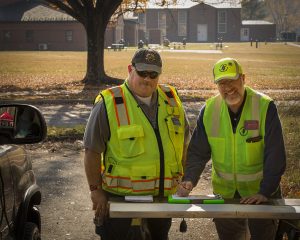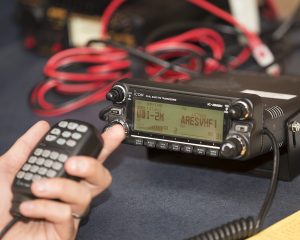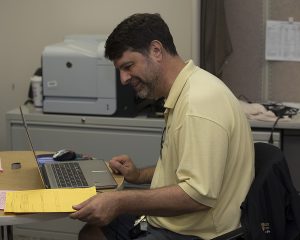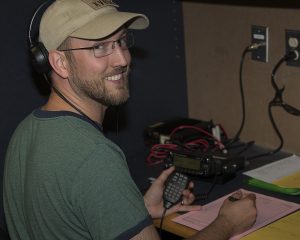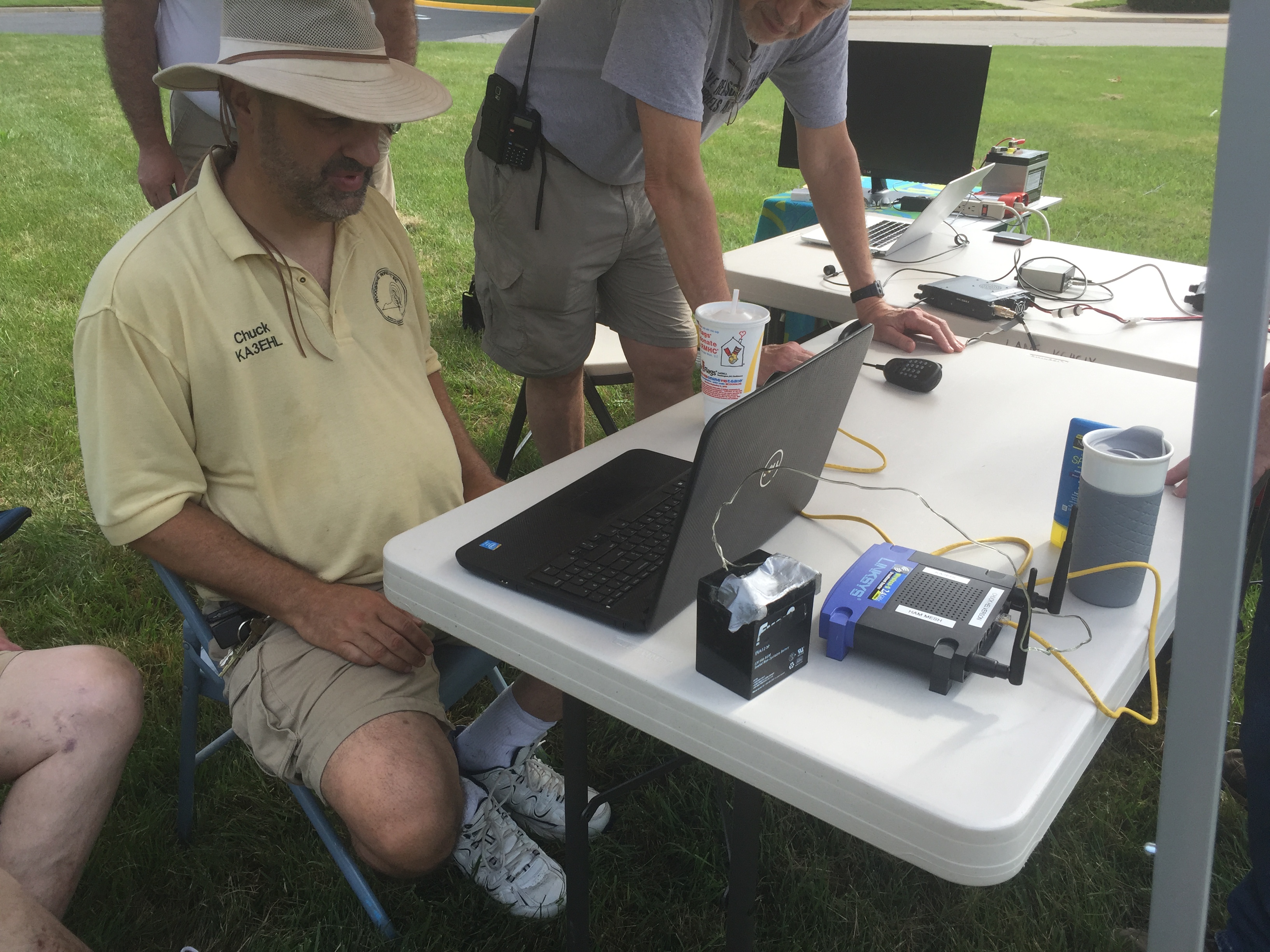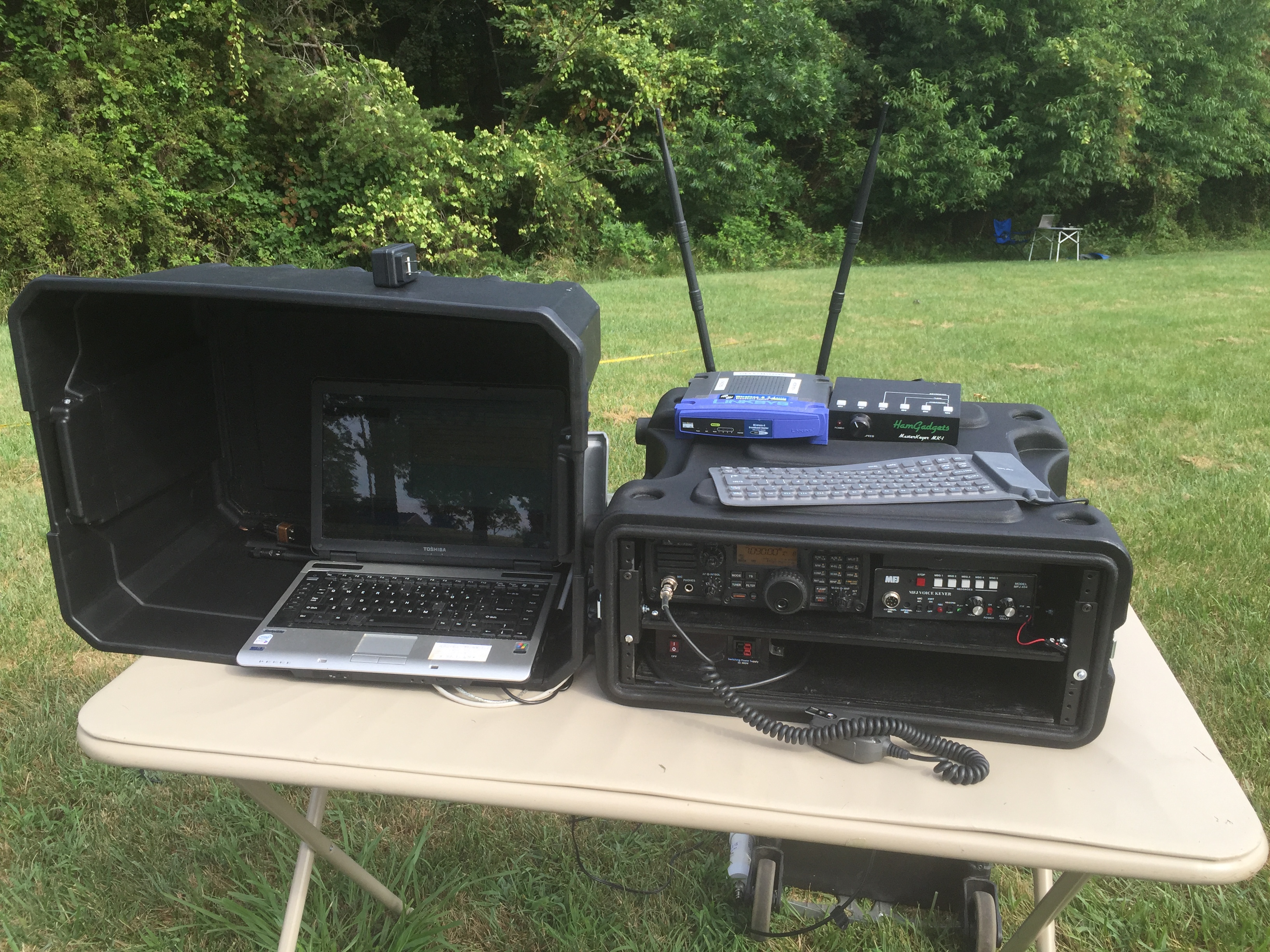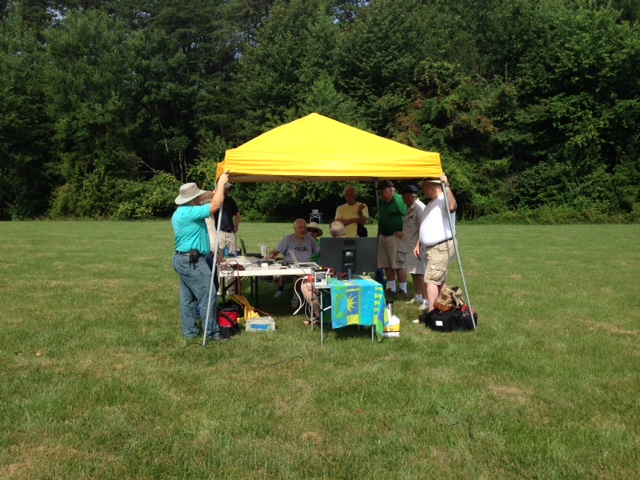Looking out the window on this Labour Day, it is hard to believe that we are on the downhill run to the end of the year. Or that Houston is busy drying out after record setting rains (and photoshopped sharks swimming on the highway). And yet, as lovely as the weather is today, out in the Atlantic Ocean, a hurricane, named Irma, is churning away at Catagory 3. Depending on what set of computer models you are prone to follow, or whose newscast you favour, one thing is certain, there is a major risk of a hurricane striking the East Coast, and that hurricane could be category 3 or higher.
We may be in the bullseye, we may get a glancing blow, we may get lucky and it misses us all together. However, now is the time to prepare. Let us pretend that Irma is going to strike the East Coast in such a way that it will come up the Chesapeake Bay and into downtown Washington. Are we ready for this? Are **you** ready for this? Let us review.
Personal Preparedness
- Have you had any life changes that will affect the status of your personal documents? You know, the ones that you have on a CD, a USB, or something else off-site? Have you updated those document stores?
- Have you and your family reviewed your plan? Where you will meet? How you will communicate?
- When did you last refresh your food and water stores? When was the last time you checked the _best before_ date on those cans of SPAM you bought following September 11, 2001?
- What is the condition of your home? Roof in good shape? Sump pump operational? Siding? Is your insurance up to date?
- Go-kit? When did you last refresh your medicine? Check the elastic in your underwear? Do those pants still fit? (Yes, clothes do shrink in your go-bag. It is a fact!)
- Got pets? Are you ready to bug out with them? Food, medicine, toys, leash or carrier?
- What happens if you have to spend several days out of your house? At a shelter, or a hotel?
ARES preparedness
- Do you have a generator? Is it in good condition? Do you have gas for it and backup gas
- Are your batteries charged?
- Did you repack your radios after Field Day or just put them in a corner? Do you have all the cables and connectors with them
- Have you loaded Slack on your mobile device and logged in lately
- Do you have maps to key locations printed out? Have you taken a road trip to each location and looked at alternate routes to get to them if the primary roads are blocked?
We all know that the DC area cannot do an evacuation. So if we are evacuated, do you know where you will go? What route will you take? What alternate routes are there? These are only some of the questions we can ponder as we continue to monitor the course of Irma. And even if she does not impact us, we will have some impact unless it completely passes the continent by, and the current models do not show that happening.
Let’s take a moment to review our own preparedness and the preparedness of the Cadre. We will keep you posted as the path of Irma becomes more predictable.
Additional resources: Emergency Preparedness for Landlords and Homeowners.
Survival Lists for Emergency Preparedness

